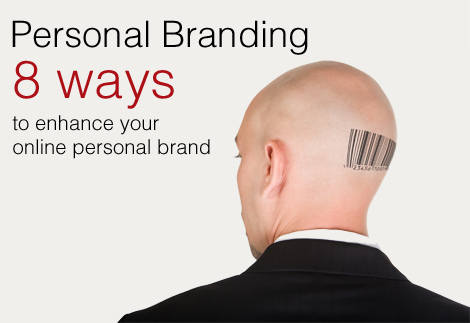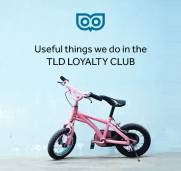
Reputation Management: 8 ways to enhance your online personal brand
We judge others online – so it’s fair to assume others are judging us online. And so often, when you Google a person, you find a lot of information about them that is probably not the full story. But yet, you must admit – you have made assumptions on people based on what you discover online about them. If this is true – then perhaps you need to do an online audit? Here are 8 ways to manage your online personal brand.
1. Get a professional picture taken
A lot of our clients get worried about getting their picture taken as they say they arent photogenic, but really it is down to the photographer. We use Nada Stankova who has been our “official” photographer for years, and she makes us look wonderful. Here is a link to her website so you can see the examples of people looking great!
2. Think what you want to be known for.
What are your specific skills? What is your expertise? What do you have a lot of experience in? What type of people have you worked with who have benefited from this? For example this personal trainer wanted to create a new fitness niche for himself and is becoming known for his Architectural Running Tours which have been featured in the press.
3. Write your “key messages” and distill it to 3 to 5 short sentences.
These can he used in different ways – you can have them on your homepage as headlines, captions, bullets, or text to go with image sliders. Have these ready and they can be used on your website, as a basis for your blog post topics, and on your various social profile bios.
4. Know your audience
Many people create content and imagery that may make sense appeal to their peers but isn’t right for thier audience. You need to think carefully about who you want to aim your website and communication on. Build a persona, a picture. Create a “customer avatar” – a pretend person who encompasses the common behaviours, worries, fears and lifestyle of many of your typical clients/customers/stakeholders. You may have two or three of these, but still create those persona’s so you are clear in your mind who you are talking to. This works as a sanity check – so before you launch, publish or post you can consider “will this appeal to and make sense you my customer avatar”?
5. Ensure you have your website and all your social profiles properly setup.
Setup comes first – and should start with a professional domain name for your website, and an email address to match. You can decide to have a single page site or something bigger. With your social media profiles – setup includes you bio, picture, customised background and banners. You need to use one of those professionally taken pictures of you and a bio (short for Twitter, longer for LinkedIn and Google Plus) which communicates what makes you unique – your skills, expertise, experience, and personality. And definitely write in the first person! Once you have that, you need activity – posts that are frequent enough, recent and relevant to your niche. Remember tailor these to your audience, not your peers. Think about the impression you are making when people Google you and your various social profiles show up. For example, the owner of this Independent Financial Advisor company, (our wonderful client and Loyalty Club member Loch Fyne Financial) has built up excellent personal reviews, which are a key selling point for his companies services.
6. Be a writer – or create video content – or do both
Nowadays, to build a personal brand, you need to publish content regularly. You can choose how this looks. For some – like me – writing comes easy. It flows. For others, they prefer to speak to camera and can have a videographer film them doing video blogs. Whatever you decide to do, make sure there is enough variety to keep the content interesting, and ensure things are presented and formatted professionally.
7. Manage Risk
There is always a risk when people search for you they come accross profiles and content which belongs to others who have the same name as you, out of date information, unflattering images, associations with people who you may not want to be aligned to, or negative articles about you (it happens). The answer to this is to create content that displaces all of this with positive things you want people to see, and where possible, contacting the owners of sites where perhaps you are being negatively portrayed and negotiating that information to be taken off.
8. Start before you’re ready
Many people think “I wont share this or post that or launch my new site until…” – something happens. Getting the right clients, getting permission from others who you want to feature, getting clearance from your previous employers. You need to start looking at what is out there now, and cleaning it up – making sure that it’s truthful, up to date, and shows off the best of you. There really is no better time than right now! LinkedIn is a great starting point, and I would recommend you read this post about how to make the most of your LinkedIn profile.


